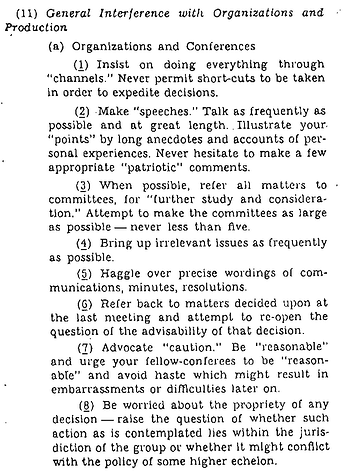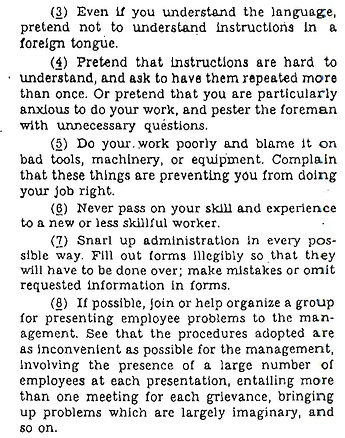This guy sounds credible but he is making a lot of excuses for incompetence/negligence
added: I never expected this thread to be so busy so quickly
added:
Age 28 according to Captain Rebecca Lobach is identified as third Black Hawk pilot who died in collision with American Airlines flight in DC | Daily Mail Online
add (Sunday, Feb 2):
It’s a testament to the infrequency of accidents like this that an NTSB board member “… spent hours with the grieving families of the crash victims.” Back in the day when such accidents were more frequent and involved far more victims, I don’t recall that happening. When there were hundreds of victims, such an event seems impractical. Coincidentally, I was on Gran Canaria when the Tenerife accident happened.
https://www.ntsb.gov/investigations/Pages/DCA25MA108.aspx
NTSB has also been provided updated information that shows the air traffic control tower display at DCA is fed by the Potomac TRACON. The TRACON fuses information from multiple radar sensors and ADS-B data, providing the best quality flight track data to air traffic control. This data showed the Black Hawk was at 300 feet on the air traffic control display at the time of the collision. This data is rounded to the nearest 100 feet.
Commentator calculates a 200 foot altitude based on published glide slope for runway 33 and the collision location.
…The US Army Black Hawk was conducting a combined annual and Night vision goggles (NVG) check ride, with the pilot flying under evaluation and the pilot monitoring conducting the evaluation.
The NTSB believes that the crew was wearing their NVGs at the time of the collision. If the crew had removed their NVGs, they were required to discuss “going un-aided,” and no such discussion is audible on the Black Hawk’s CVR.
Altitude data
Regarding altitudes, the NTSB is investigating a discrepancy between the announced altitudes by the pilot flying and the pilot monitoring. At 20:43:48 Eastern time, approximately 1.1 NM west of the Key Bridge, the pilot flying notes the helicopter is at 300 feet, while the pilot monitoring announces 400 feet.
The barometric altitude data displayed on the Black Hawk pilots’ primary flight displays is not recorded on the FDR. Also not recorded by the FDR is the barometric pressure setting inputted by the pilots to correct for local air pressure. Radio altitude data recorded on the FDR shows the Black Hawk at 278 feet above ground level at the time of impact. The NTSB is confident in the 278 feet AGL altitude, but it still has not determined what altitude was visible to the pilots on their flight displays.
Radio altitude data from the CRJ shows that aircraft at 313 feet above ground level at last report, which occurred 2 seconds prior to the collision.
…The NTSB also notes that the Black Hawk was equipped with ADS-B Out, but it is not yet know why the aircraft was not broadcasting ADS-B.
A month ago, who had heard of the CRJ?
As someone who pays attention to such things, I had heard of them and have had many rides on them. The lack of awareness implies safety, but I remember them as being quiet and comfortable - at least the economy configuration on United Express - much more legroom then the usual regional economy config.
I’ve flown on CRJ aircraft dozens of times. It is commonly used for short-haul flights by several US airlines.







